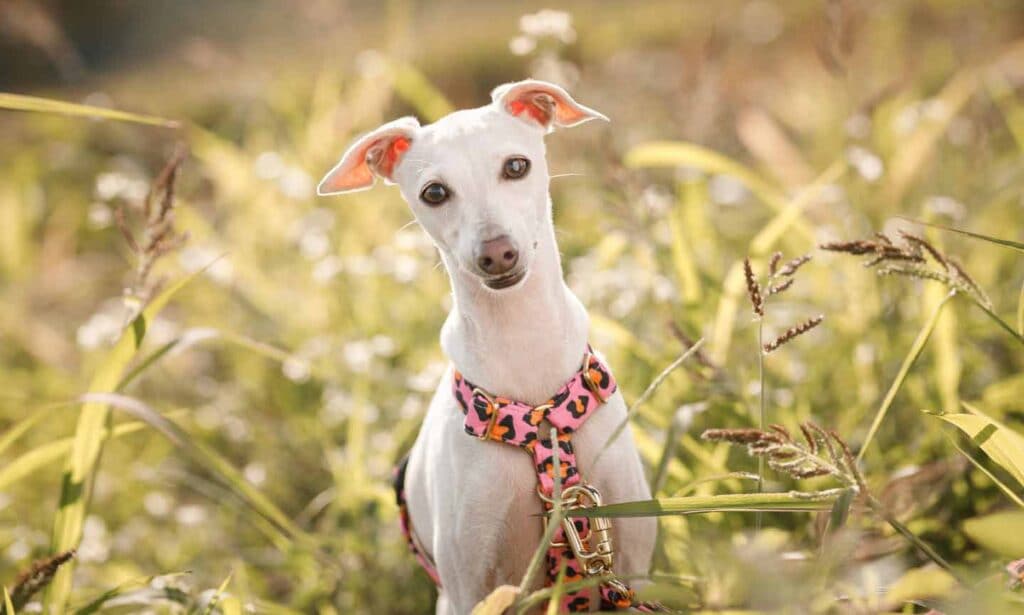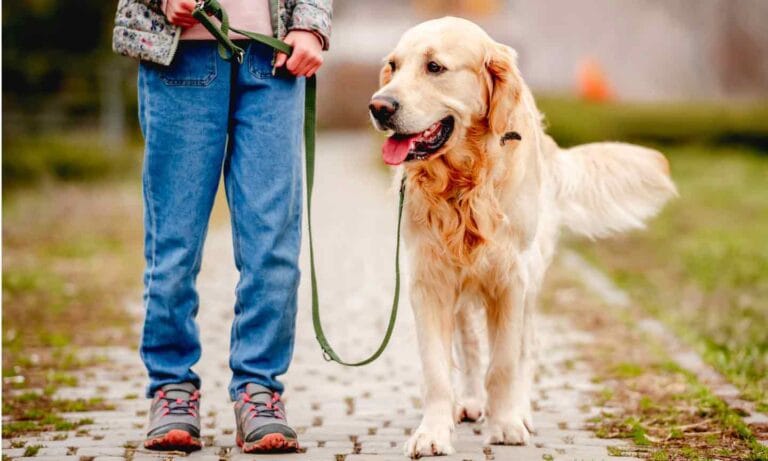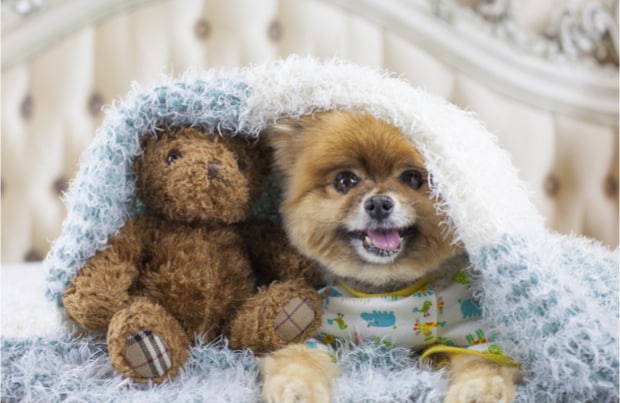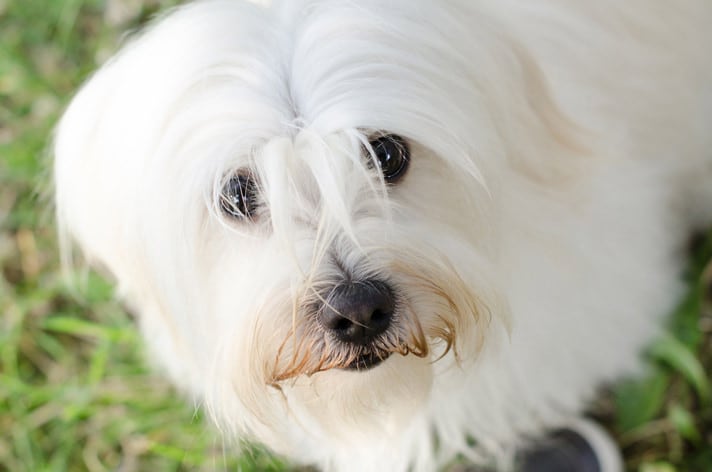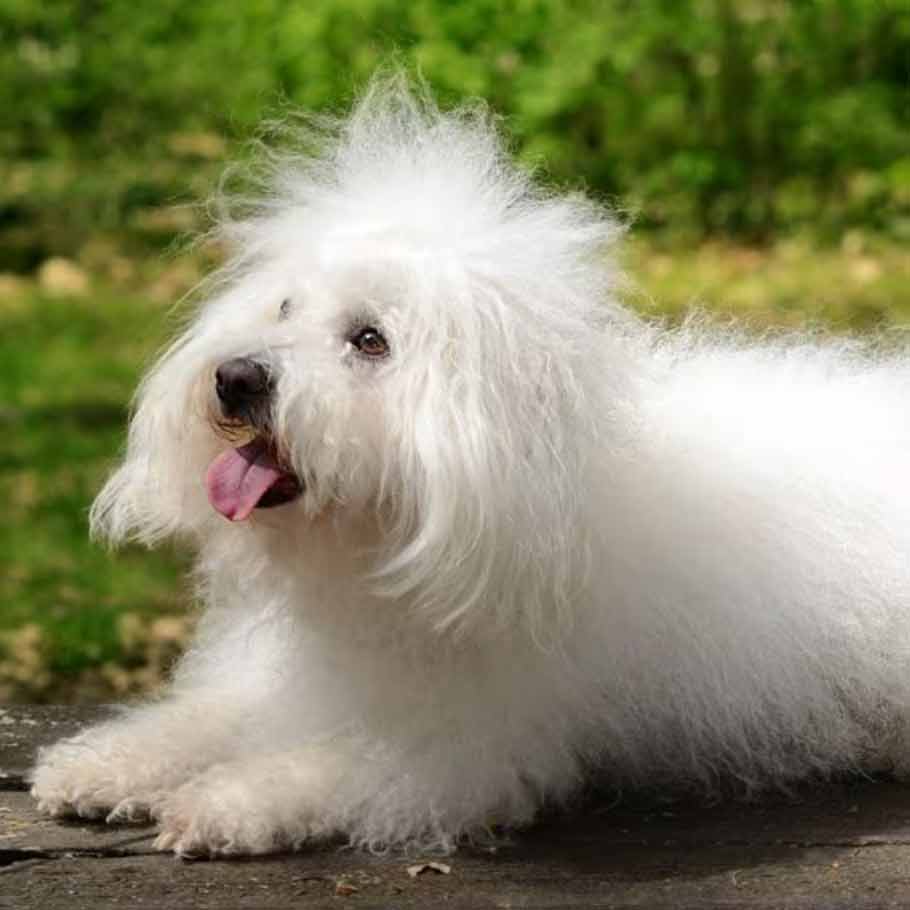
1Bolognese
Size: Small
Life Expectancy: 12 to 14 years
Temperament: Playful, calm, loving
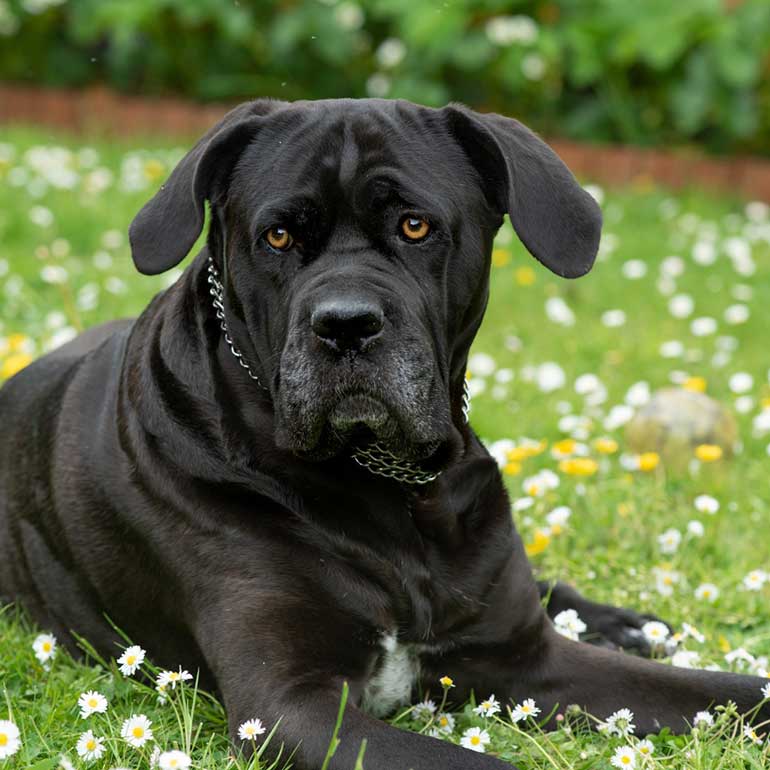
2Cane Corso
Size: Extra Large
Life Expectancy: 9 to 12 years
Temperament: Loyal, smart, bossy
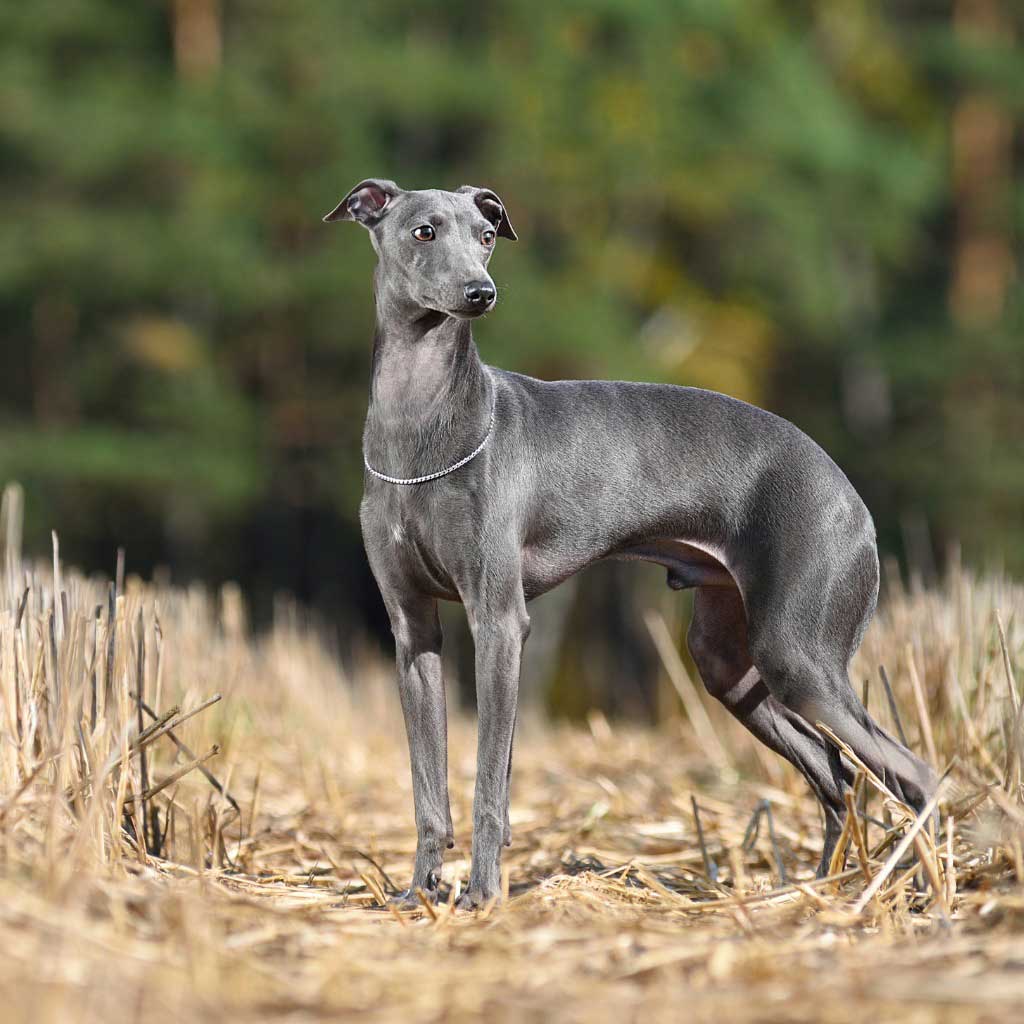
3Italian Greyhound
Size: Extra Small
Life Expectancy: 14 to 15 years
Temperament: Alert, playful, sweet-natured
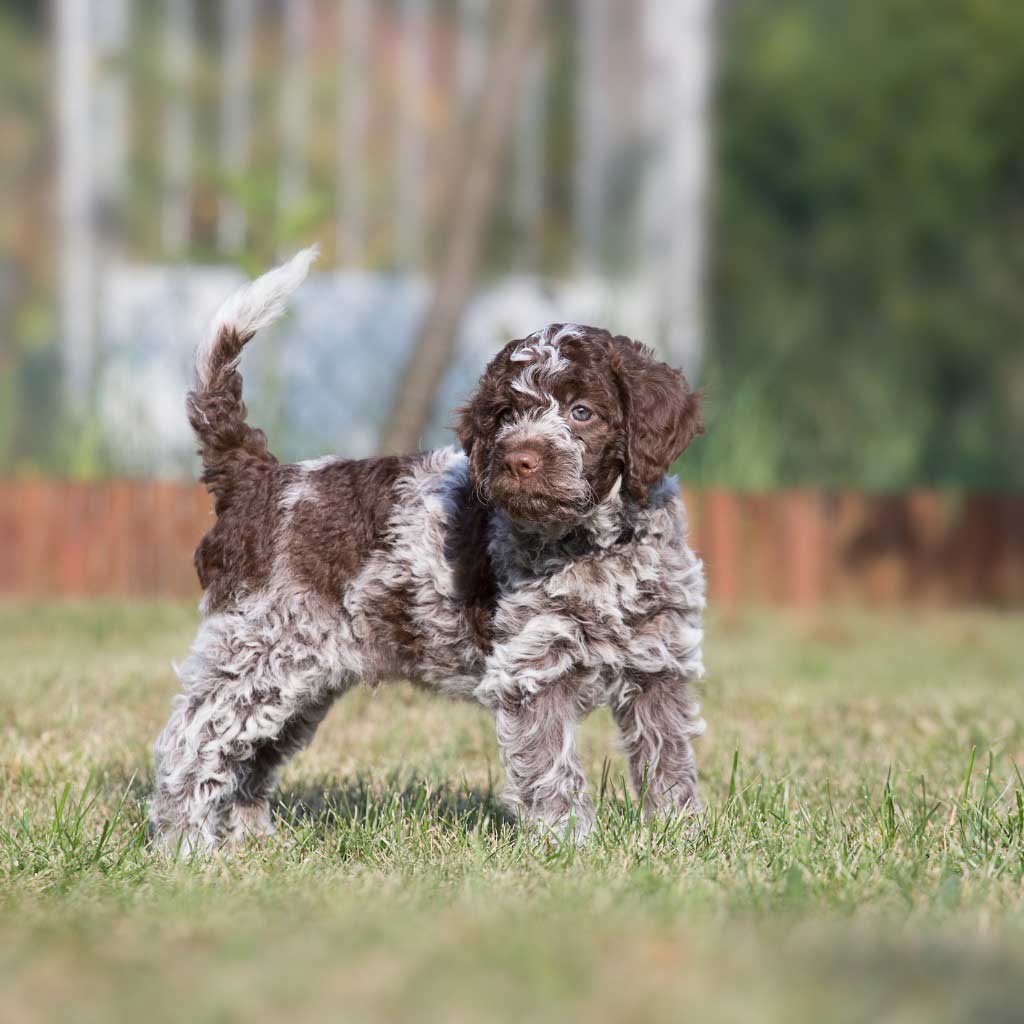
4Lagotto Romagnolo
Size: Medium
Life Expectancy: 15 to 17 years
Temperament: Feisty, amiable, energetic
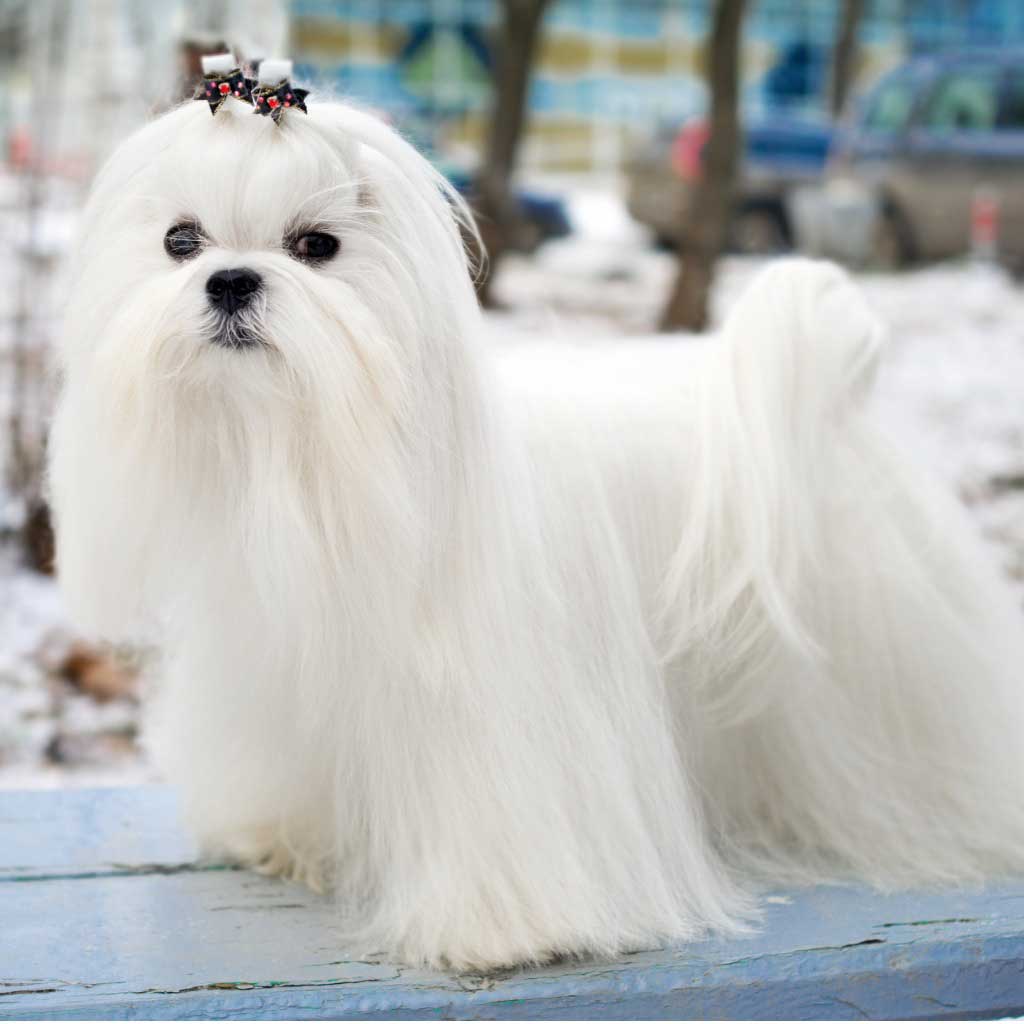
5Maltese
Size: Extra Small
Life Expectancy: 12 to 15 years
Temperament: Gentle, eager to please, lapdog
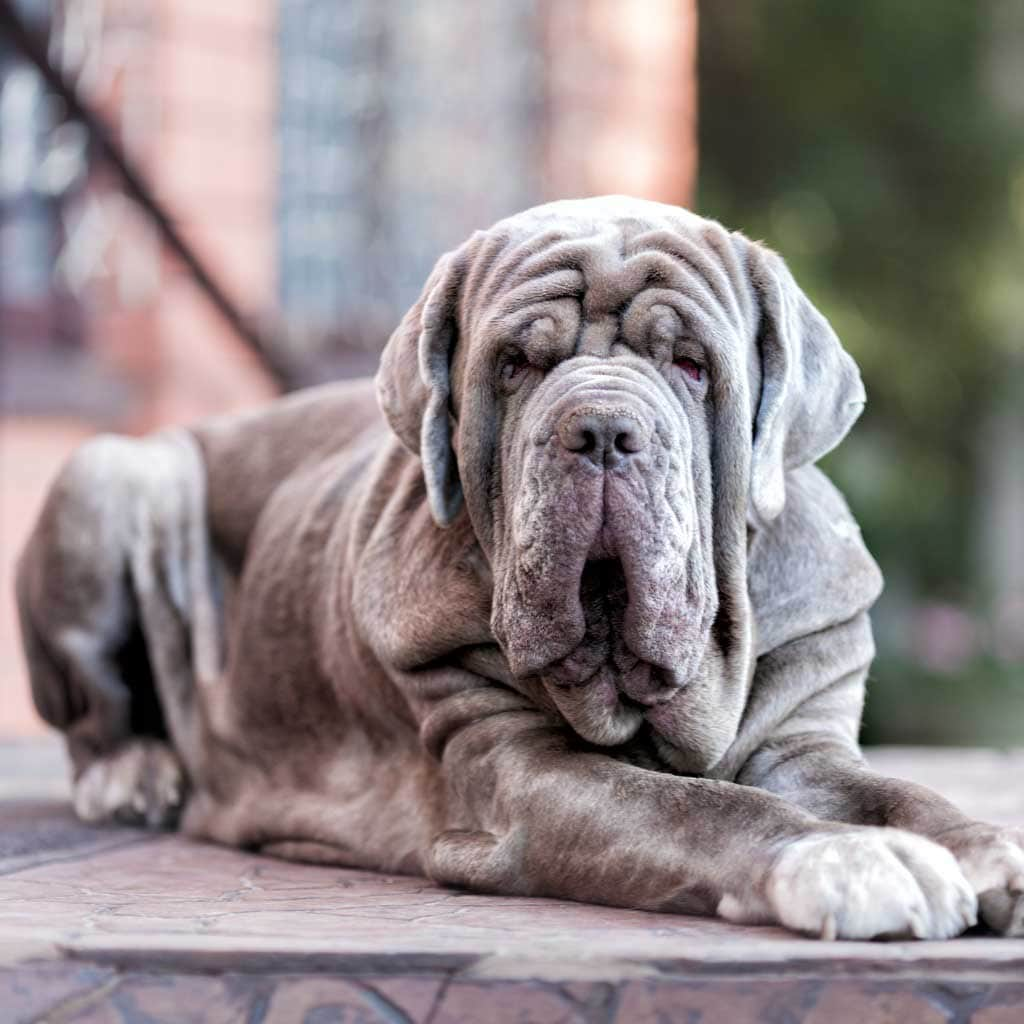
6Neapolitan Mastiff
Size: Extra Large
Life Expectancy: 7 to 9 years
Temperament: Loving, chill, protective
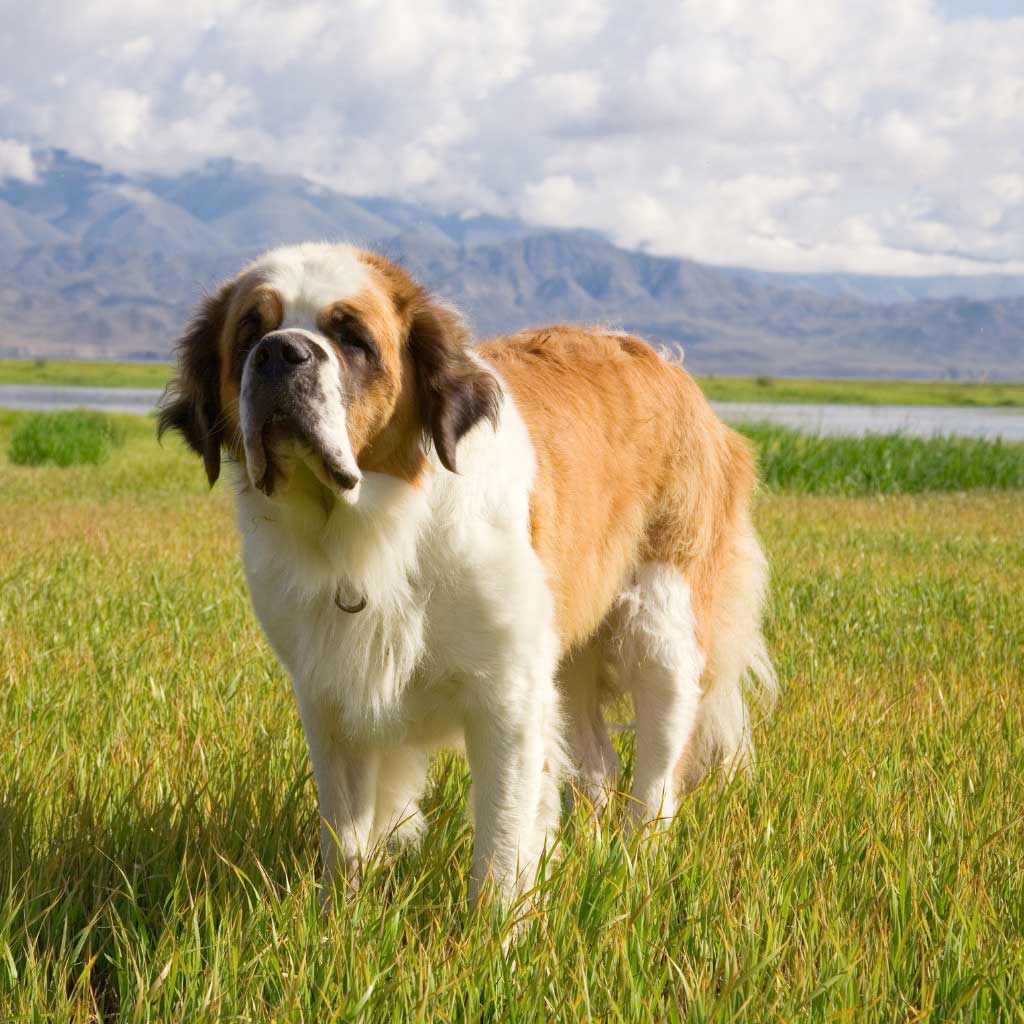
7Saint Bernard
Size: Extra Large
Life Expectancy: 8 to 10 years
Temperament: Social, attentive, laidback
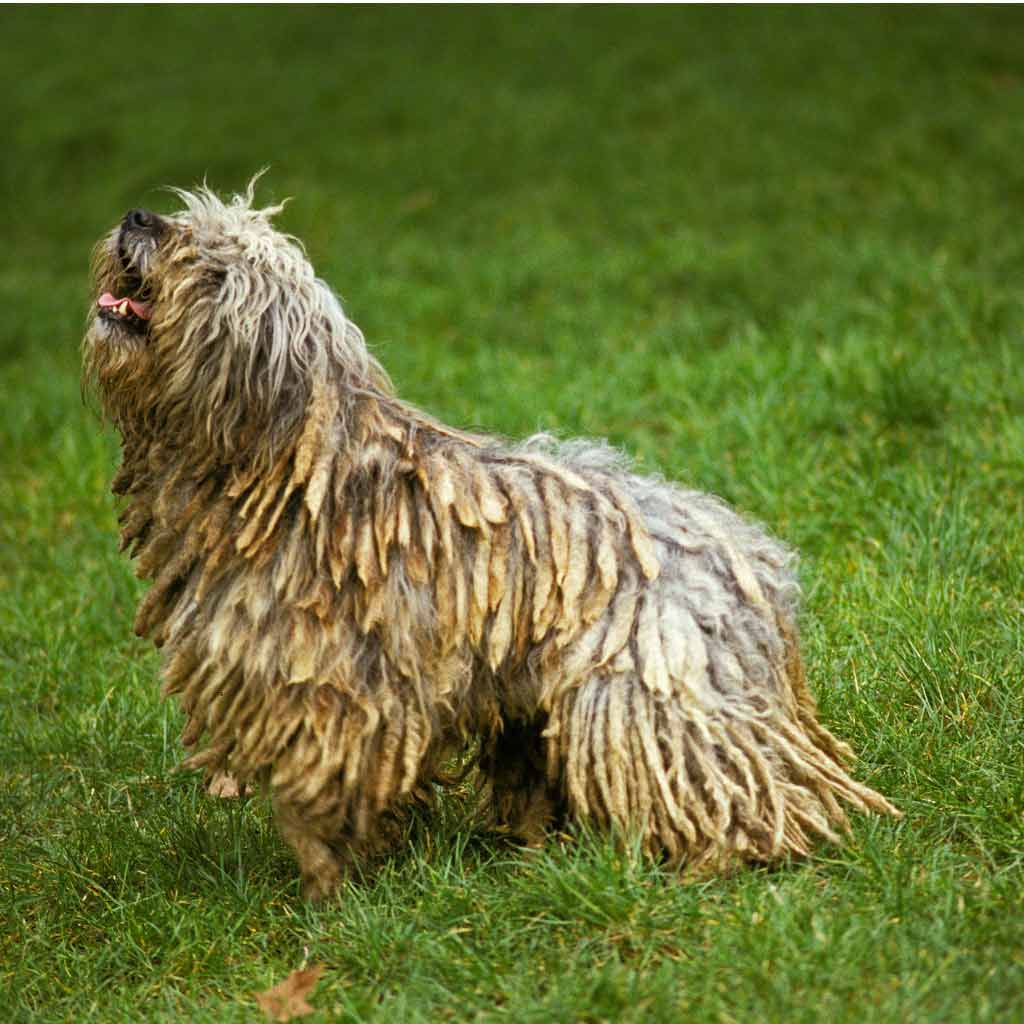
8Bergamasco Sheepdog (Bergamasco Shepherd)
Size: Large
Life Expectancy: 13 to 15 years
Temperament: Sociable, independent, intelligent
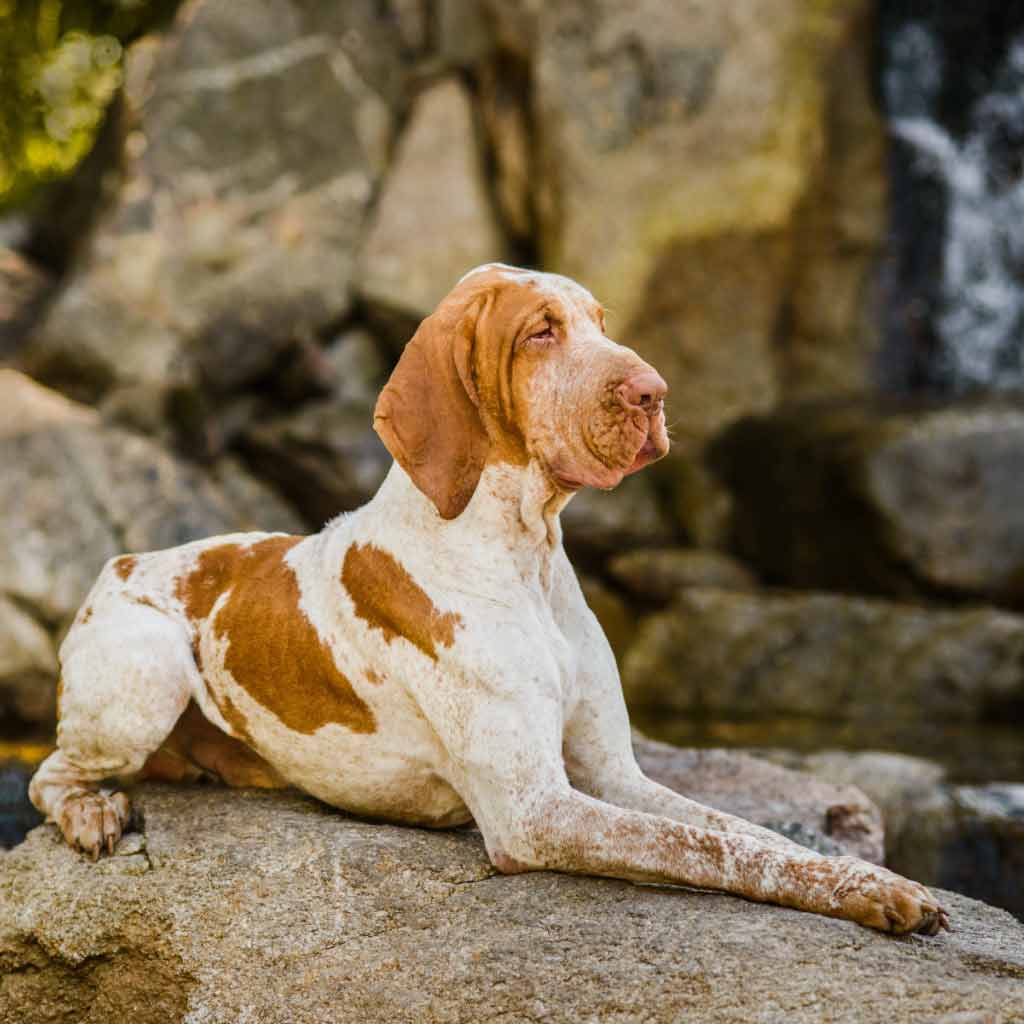
9Bracco Italiano (Italian Pointer)
Size: Large
Life Expectancy: 10 to 14 years
Temperament: Intelligent, affectionate, enthusiastic

10Spinone Italiano (Italian Pointer)
Size: Large
Life Expectancy: 10 to 12 years
Temperament: Sociable, patient, docile
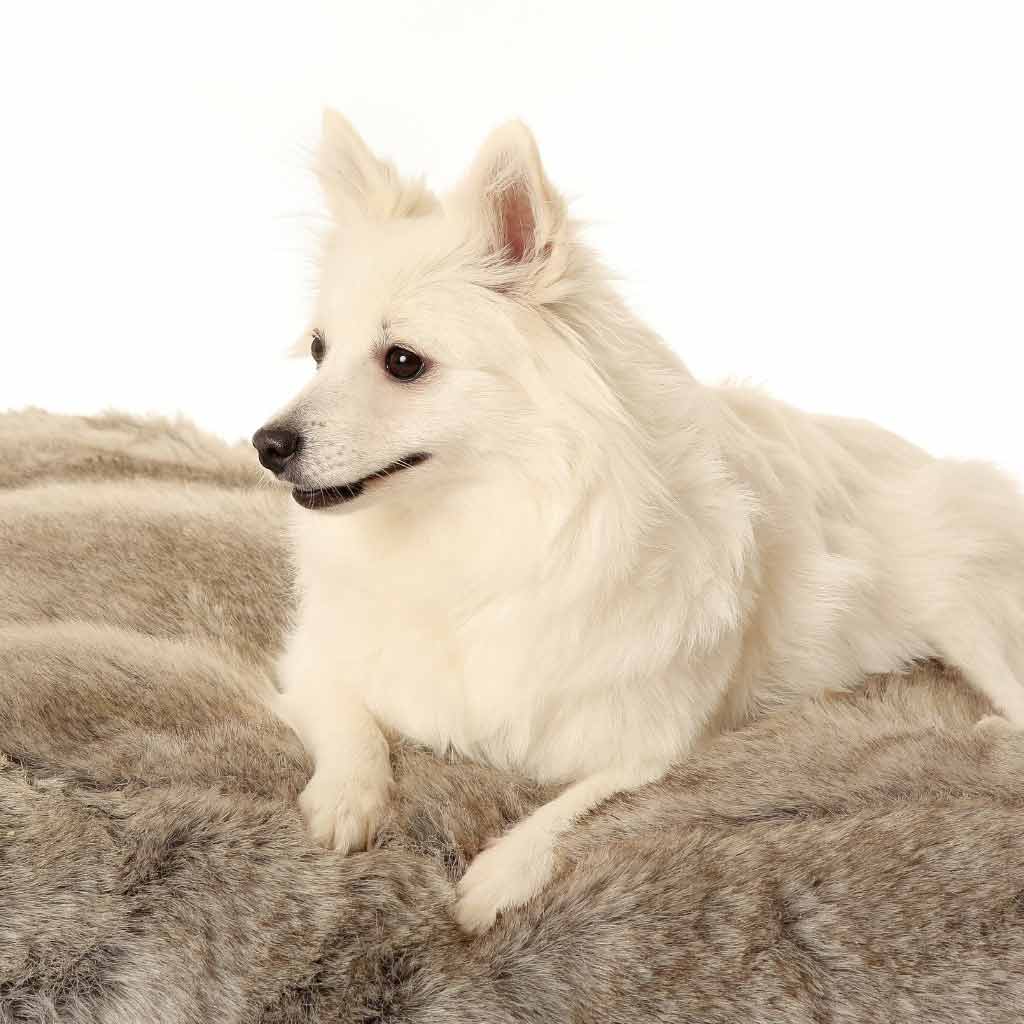
11Volpino Italiano (Italian Pointer)
Size: Small
Life Expectancy: 12 to 15 years
Temperament: Loyal, energetic, loving
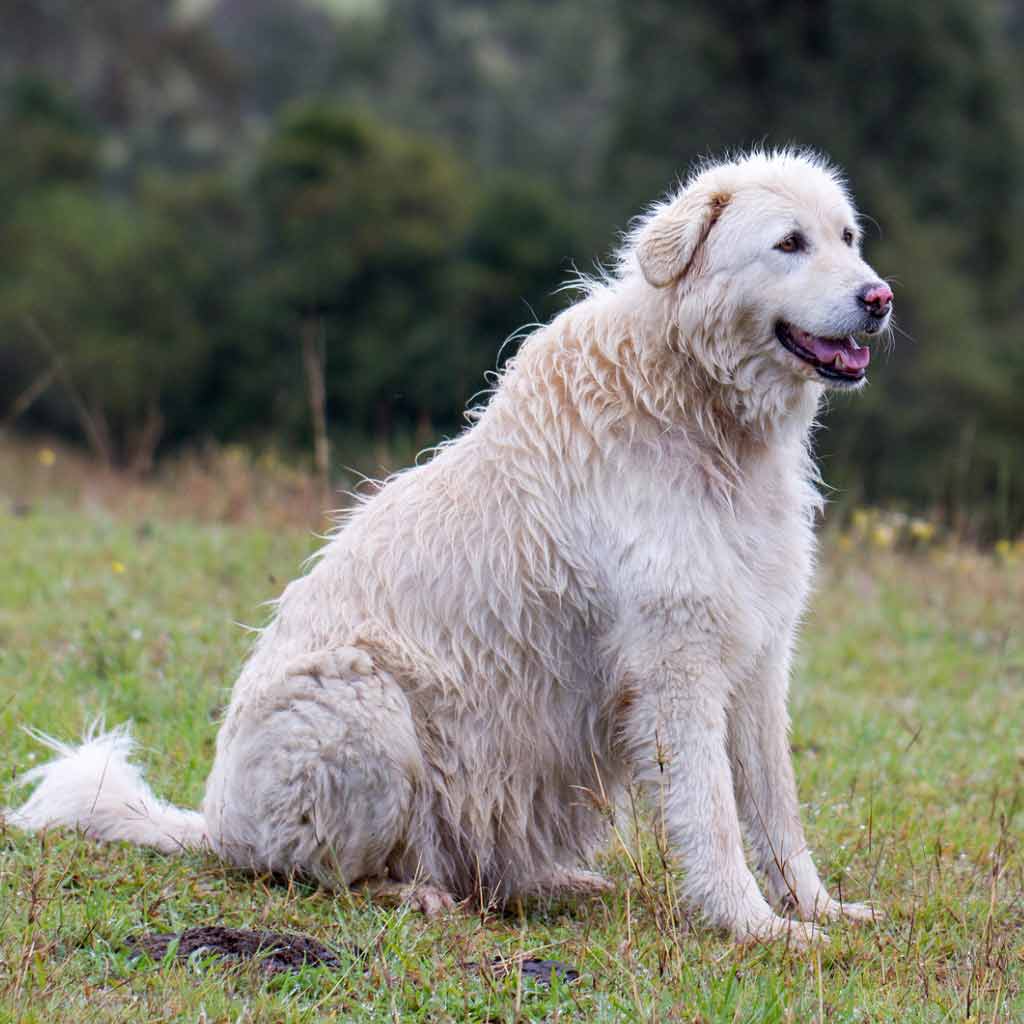
12Maremma Sheepdog
Size: Large
Life Expectancy: 11 to 13 years
Temperament: Alert, friendly, intelligent

13Segugio Italiano
Size: Medium
Life Expectancy: 11 to 13 years
Temperament: Intelligent, friendly, eager to please
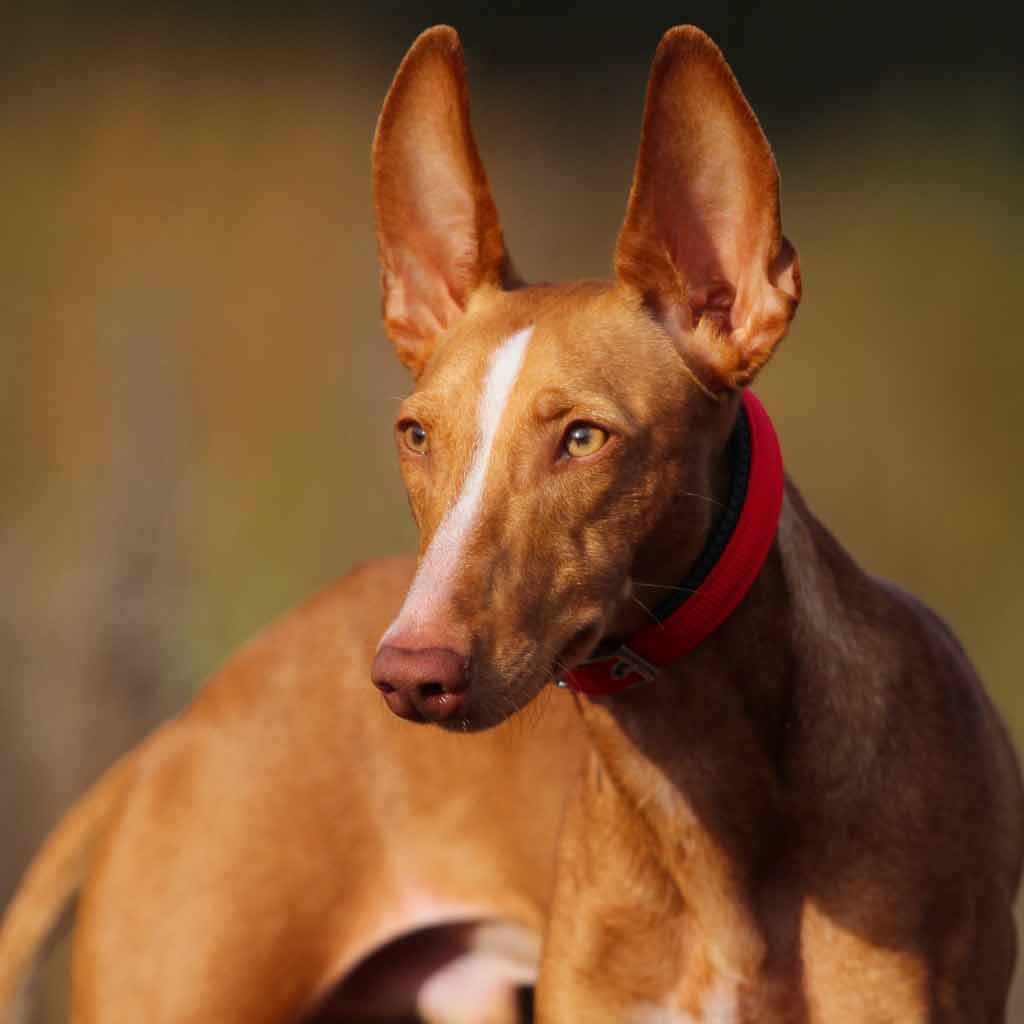
14Cirneco dell’Etna
Size: Small
Life Expectancy: 12 to 14 years
Temperament: Independent, friendly, affectionate
More Breeds to Consider
Share:
